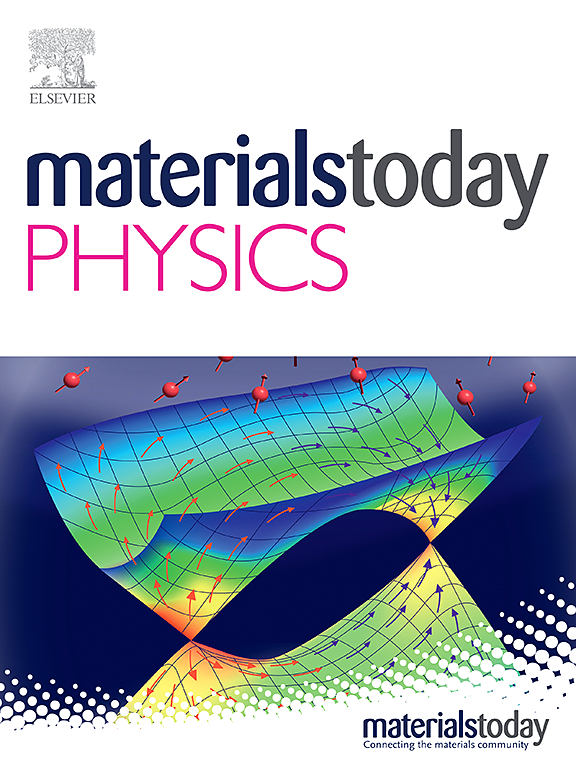Screening of promising thermoelectric materials from MnTe-GeTe alloying
IF 10
2区 材料科学
Q1 MATERIALS SCIENCE, MULTIDISCIPLINARY
引用次数: 0
Abstract
GeTe-MnTe-based materials have been proposed as promising thermoelectric materials due to the ineluctable phase transition of GeTe materials. However, the previously reported Ge1-xMnxTe alloys with low MnTe content may mix with the rhombohedral phase of GeTe, making the sample unstable during thermal cycling. Moreover, the exact phase of GeTe-MnTe-based alloys have not been thoroughly studied. In this work, a series of Ge1-xMnxTe (0 ≤ x ≤ 1) compounds were synthesized, and the changes in crystal structure and thermoelectric properties were investigated across the composition range from GeTe to MnTe. At the phase boundary, both rhombohedral and cubic phases GeTe coexist in the range of x = 0.15 to 0.3, while cubic phase GeTe and hexagonal MnTe phases coexist for x = 0.5 to 0.7. The single cubic phase is observed only near x = 0.4. Alloying with MnTe significantly increase the effective mass of the electronic band, which negatively impacts the electrical performance, suggesting that the thermoelectric properties are compromised in favor of enhancing the stability of the GeTe structure. Although the resistivity of the alloy increases with Mn content, the Seebeck coefficient rises significantly, and thermal conductivity decreases. These changes are likely due to enhanced phonon scattering caused by the two phases and the Mn solute atoms. As a result, relatively high figure-of-merit (zT) values are achieved in the rhombohedral-to-cubic phase transition region (x = 0.15, 0.2, 0.3) for Ge1-xMnxTe.
求助全文
约1分钟内获得全文
求助全文
来源期刊

Materials Today Physics
Materials Science-General Materials Science
CiteScore
14.00
自引率
7.80%
发文量
284
审稿时长
15 days
期刊介绍:
Materials Today Physics is a multi-disciplinary journal focused on the physics of materials, encompassing both the physical properties and materials synthesis. Operating at the interface of physics and materials science, this journal covers one of the largest and most dynamic fields within physical science. The forefront research in materials physics is driving advancements in new materials, uncovering new physics, and fostering novel applications at an unprecedented pace.
 求助内容:
求助内容: 应助结果提醒方式:
应助结果提醒方式:


